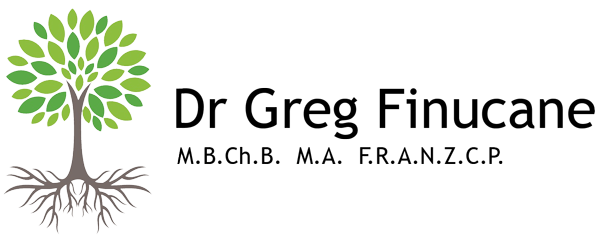Non-Epileptic Attacks
This document summarises some important facts about non-epileptic attacks. It has been developed because this can be a confusing kind of problem to have and sometimes patients can feel rejected when given the diagnosis, sometimes due to misconceptions. This information is arranged under the following headings:
- What are non-epileptic attacks?
- Laying some myths to rest
- How is the diagnosis made?
- What can be done about them?
1. What are non-epileptic attacks?
This is a broad label covering a variety of brief episodic events. It is used when such events bear a certain resemblance to epilepsy but are not actually epileptic seizures. Some episodic events can also be due to heart disease, other neurological conditions, hormonal problems or other physical problems and these "physiological" non-epileptic events should be considered and diagnosed where appropriate. Psychogenic non-epileptic attacks also occur in a variety of different forms, for example anxiety disorders, dissociative disorders, conversion disorder, a reinforced behaviour pattern, and so on. They appear to be mostly caused by stress of various kinds, but it should be noted that some forms of stress are subtle and specific. For example, some people with non-epileptic attacks seem to have difficulty recognising and expressing their emotions and the attacks occur as an alternative "outlet" even when the stress is not severe. Sometimes there is evidence that stress triggered off the attacks but they continued after the stress had gone.
Non-epileptic attacks are not always triggered off by well defined events. They are similar in this respect to Panic Disorder, which is a psychological problem in which anxiety, accompanied by bodily symptoms of anxiety such as racing heart, shortness of breath, tingling fingers and so on, comes on out of the blue in short but severe attacks.
2. Some myths
Most people with non-epileptic attacks do not "put them on"; in other words they are not a form of deliberate play acting, and do not indicate the person is malingering or trying to fool others into thinking they are ill. In this way, non-epileptic attacks are as serious a problem as any other disorder which disrupts normal functioning. Similarly, they are not "all in the mind." Thus non-epileptic attacks are not a "moral" problem; having them does not mean someone is bad or ungrateful or devious.
Some people have both non-epileptic attacks and epilepsy, just as chronic lung disease and shortness of breath due to anxiety can often go together. Unfortunately, since epileptic and non-epileptic seizures can be initially difficult to tell apart, people may at first become worried about the increase in their seizure frequency and this can cause the non-epileptic attacks to spiral more out of control.
3. How is the diagnosis made?
The best way of being sure about the diagnosis is to have video monitoring, in which the EEG is recorded at the same time as the person's movements and behaviour so the results can be examined by specialist staff. If the person does not have any attacks or the attacks they have are not their usual ones then it can be hard to be sure about them, but most people have some of their usual attacks and a reliable diagnosis can be given.
4. Management
The psychological treatment of non-epileptic attacks is quite similar to the treatment of several other attack disorders, such as panic attacks or psychological approaches to epilepsy.
Firstly, if the attacks are thought to be a manifestation of some other problem, such as depression, it is sensible to treat the patient for that condition, for example with a combination of antidepressant medication and the right kind of psychotherapy.
Secondly, attacks are often due to trauma of some kind, whether sexual or other abuse or more subtle forms of traumatisation. In such a case, psychotherapy addressing the effect of the trauma on the individual's self perception, relationships and so on is very important.
Thirdly, professionals can train people with non-epileptic attacks to monitor the frequency and any triggers for such attacks, so that the times of increased risk for an attack can be identified and ways of preventing attacks can be tried out. This will often involve recognising which situations trigger off unpleasant emotions such as anxiety or negative thoughts, and doing something to change this before an attack results. Having reliable relaxation techniques to reduce arousal can be particularly helpful, as can associating a state of relaxation and inner calm with particular odours. It is helpful to practice relaxation frequently so that it works when you really need it.
Fourthly, it is important that, just like in other attack disorders such as epilepsy or panic disorder, the attacks do not come to dominate the person's life. Thus normal activities should be encouraged as much as possible and counselling should be used to prevent the person seeing themselves as more ill than they in fact are. This may also involve educating those around them not to panic when attacks occur but to calmly ensure the person is safe then wait for the attack to finish; if the family or friends become overly worried about the attacks then they can, without meaning to, convey the message that the attacks are impossible to cope with and so they become harder to overcome.
Medication, especially antidepressant medication, can sometimes help people with non-epileptic attacks if they are not making any progress with psychological treatment alone, even if they do not appear clinically depressed.
Remember, if attacks are not improving it is important to gain further information about them by keeping a diary of relevant thoughts, feelings and attacks, and learning ways to combat anxiety and negative thoughts. Becoming more psychologically and physically healthy in general can help to combat the attacks (in fact, being mentally and physically healthy in other respects can help combat most "organic" medical problems as well)


